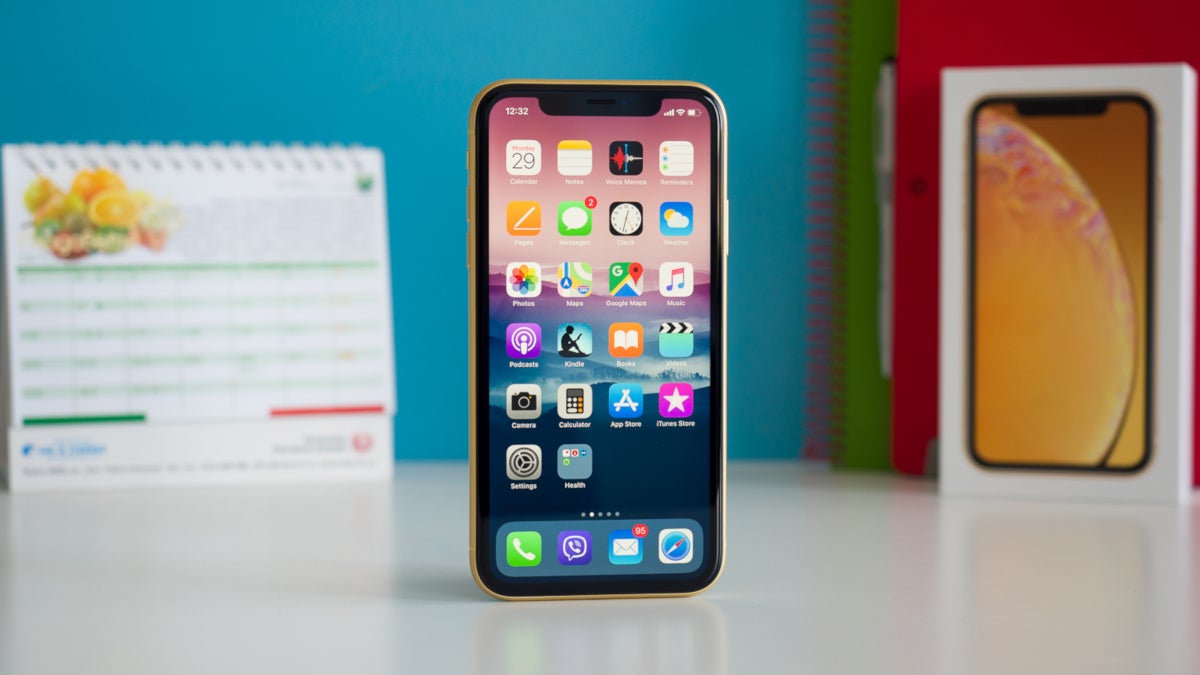These models were the ten most popular smartphones in the world last quarter

In this era of the $1,000 flagship phone, the latest data from Counterpoint Research shows how important a lower price point can be. The most popular handset in the world during the third quarter (July through September) was the Apple iPhone XR. In fact, the device has topped this list since it was first released during the fourth quarter of 2018. While the model was replaced in September by the iPhone 11, it also was the beneficiary of a price cut in September that took the cost of the handset down to as low as $599.
The iPhone XR captured 3% of the global market during the third quarter followed by the Samsung Galaxy A10 and its 2.6% slice of the pie. Samsung hit a grand slam with its mid-range Galaxy A series which offers lower-priced handsets with good cameras and larger capacity batteries. The Galaxy A50, with a triple camera setup, a large 4000mAh battery and 128GB of storage was third with 1.9% of the global smartphone market. Originally priced at $350, the handset can be found during the holiday season priced well under $300.
Mid-range phones are dominating the top ten list
In a tie for fourth place, the Apple iPhone 11 and the Oppo A9 each took 1.6% of the global smartphone market during Q3. The iPhone 11 brings an ultra-wide camera, good battery life, a 6.1-inch Liquid Retina display and the powerful A13 Bionic chipset for a price range that starts at $699 for the 64GB variant. That is $50 less than the original price of the 64GB iPhone XR. The Oppo A5s (1.5%), Samsung Galaxy A20 (1.4%), Oppo A5 (1.3%) and the Xioami Redmi 7A (1.2%) finished in 6th through 9th place.

The Apple iPhone XR remains the most popular smartphone in the world
In tenth place during the three months was the camera-centric Huawei P30 with 1.1% of the global market. The P30 series is the last flagship line from the manufacturer licensed to use the Google Play services version of Android. Because it has been banned from accessing its U.S. supply chain, Huawei installed an open-source version of Android on the Mate 30 line. This means that the company's most technologically advanced phones of the year cannot run Google's core Android apps such as the Play Store, Maps, Gmail, Search and others. In China, it doesn't matter because most Google apps are banned anyway. But in the global market, the lack of Google apps can have a major impact on sales.
Huawei did have a domestic third quarter for the ages. Fueled by a rise in patriotism among Chinese consumers who rallied behind the idea that the company was being bullied by the U.S., Huawei's phone shipments in China soared an incredible 66% in the period. Inside the country, the firm's market share was 42.4% from July through September. That means out of every 1000 smartphones shipped inside China during the period, 424 of them were made by Huawei.
The top ten models made up 17% of all global smartphone sales during the three month period, up from 15% during the same period last year. But with consumers more sensitized to price than ever before, the wholesale revenue of the top ten models declined 30% year-over-year. Part of the reason for the rise in mid-range models is that many of them contain features (such as triple-camera setups and in-display fingerprint scanners) that once belonged only to higher-priced premium units as recently as last year.
Manufacturers saw their profits decline 11% in the third quarter on an annual basis, according to the report. And while Counterpoint expects mid-range models to continue to dominate the global smartphone market, it also expects to see some 5G models appear on the list in the near future. And who knows? Perhaps there will be a time in the future when a foldable model makes the list. Right now, this is still quite a niche product with pricing too high and manufacturers' output too low. The release of the Motorola razr next year is bound to make the public more aware of the segment. But if we've learned anything from Counterpoint's Q3 data, it is that value pricing is important.
Follow us on Google News














Things that are NOT allowed:
To help keep our community safe and free from spam, we apply temporary limits to newly created accounts: